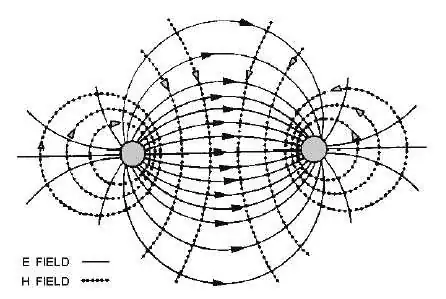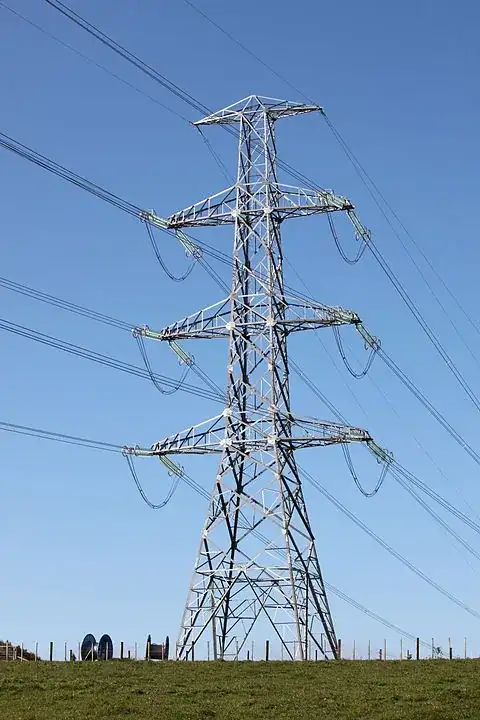I am a bit confused on this matter.
Suppose we have an alternating current power source. One can transmit electric power two ways
- Through radiation, e.g., via an antenna.
- Through a transmission (power) line.
I suppose mechanism 2, if the line is just one single solid line, as opposed to a waveguide or coaxial cable which I understand the Poynting vector is nonzero and points longitudinally within the hollow space, concentrates the power across near surface of the conductor which is essentially of constant area whereas mechanism 1 the power falls off like $1/r^2$. One possibility I thought of is to model mechanism 2 as a wave guide where the electromagnetic wave travels confined within the hollow tube. That answers the question of power concentration. However, that requires the transmission line to be hollow or coaxial.
My questions: Is the power transmission line one isolated solid line or hollow/coaxial? If it is one isolated solid line, how does the power transmit (We know the AC travels along the surface of a conductor within skin depth) ?

